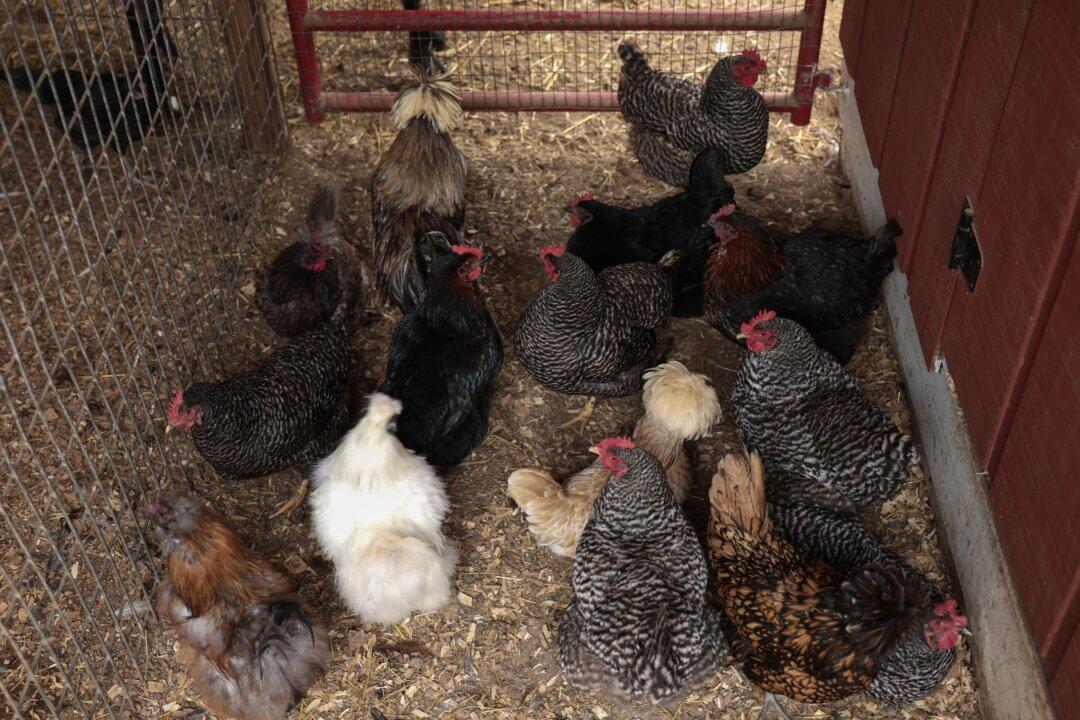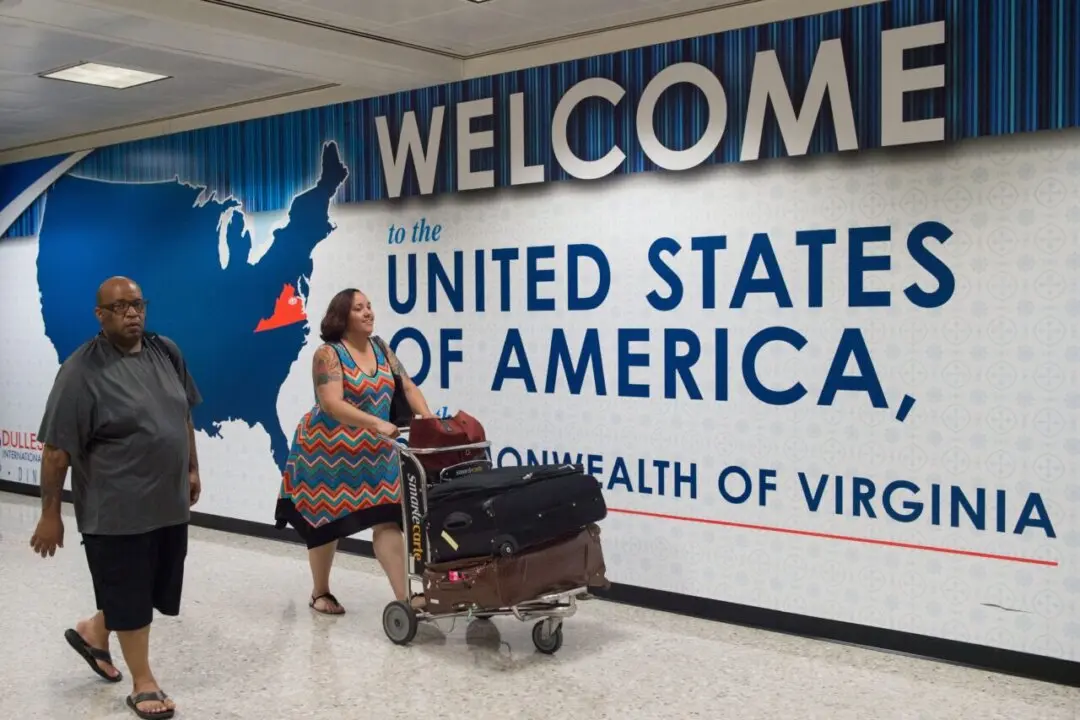Federal health officials are closely monitoring an outbreak of highly pathogenic bird influenza that has devastated poultry farms on the East Coast and in the Midwest in recent days.
While millions of birds have been culled due to avian influenza across the United States, officials with the Centers for Disease Control and Prevention (CDC) said this week that there are no signs this strain of bird flu poses a threat to people yet.






